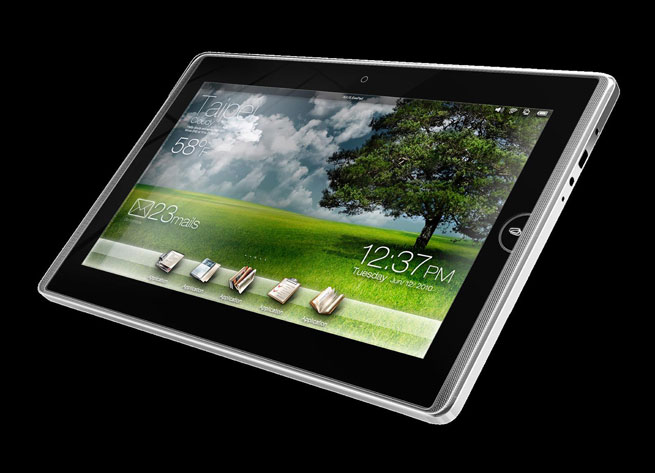At Microsoft, there's a thin line between a tablet and a slate

As I blogged earlier this week, Microsoft released this week a Community Technology Preview test build of its Windows Embedded Compact 7 product -- and introduced yet more murkiness into the "which operating system is best for which form factor" debate.

(By the way, just to clear things up on the Interwebs, Windows Embedded Compact 7 isn't some kind of brand-new tablet OS from Microsoft. Embedded Compact 7 is simply the most recent version in the line of products formerly known as Windows CE -- one of two embedded operating system offerings from the company. The other is the more feature-filled Windows Embedded Standard. The currently shipping version of Embedded Compact is Windows Embedded Compact 6 R3.)
So here's Guggenheimer's meandering guidance on when to use Win 7 vs Windows Embedded Compact 7:
"For example, with our embedded (Compact platform) software, you can build on other chipsets. So, this will run on ARM, it will run on Intel, it will run on a variety of chipsets. The good news is, it's very flexible. The downside is, it obviously doesn't have all of the richness of the ecosystem that the full PC ecosystem has. So, there are some benefits in terms of flexibility, but there is more work to be done.
"As you can see here, there's a number of devices. Here's a Hanban book reader. So, where the slate over there is a full Windows 7-based PC. This is a compact-based book reader from Hanban, who is the number one e-book seller in China. This is a new Q Reader coming out. This is a Toshiba device, this is a MiTAC Mio, and I've got a few of these. And you'll see, gosh, these look a little bit like single screen devices. Some people might even call these slates before they came out.
The nice thing is, with the flexibility of an embedded operating system, you can do more things. Again, there's more work to be done."
My interpretation of Microsoft's not so hard-and-fast suggestions:
- If you are a PC OEM or user: Windows 7 is your best/preferred choice
- If you are a tablet OEM or wannabe user: Windows 7 is your best/preferred choice
- If you are a slate OEM or user (with slates being defined as a single-function device, like an e-reader): Windows Embedded Compact is your best/preferred choice (The Version 7 of this product is due to RTM in Q4 of calendar 2010)
- If you are set-top-box OEM or user: Windows Embedded Standard 7 is your best/preferred choice
Microsoft is attempting to gloss over the distinctions between these different platforms, it seems, by hiding behind the lucky number 7. But each of these operating systems has different rules and interfaces -- something of potential concern to developers.
Update: DigiTimes has an interesting quote from Guggenheimer. He is quoted as saying: "In addition, for the time being, Microsoft will not offer new Windows versions to support non-Intel architectures that are targeting tablet PC development." His "for the time being" qualifier is noteworthy, given the ongoing work at Microsoft looking at ways to get Windows on new chipsets and form factors.
Update No. 2: A spokesperson from the company helped simplify matters (a bit) with the following position statement:
- Windows Embedded Compact 7 provides manufacturers of small screen devices (including ARM-based devices) the ability to create rich experiences to consume media.
- For OEMs looking to build machines that deliver the full PC experience (go beyond consume content to also create and produce content), Windows 7 delivers that.
Aha! I take this to mean that Microsoft is positioning Windows Embedded Compact 7 as an OS for content consumption and Windows 7 as an OS for content creation and consumption. (Why didn't anyone just say so in the first place? It's clearer now, but still somewhat convoluted...)
Do you think Microsoft should stop trying to give guidance and just let OEMs choose the version of Windows -- whether embedded or not -- that is right for the job? If you're in the market for a slate, do you care whether it's running Windows 7 or some embedded version of Windows?